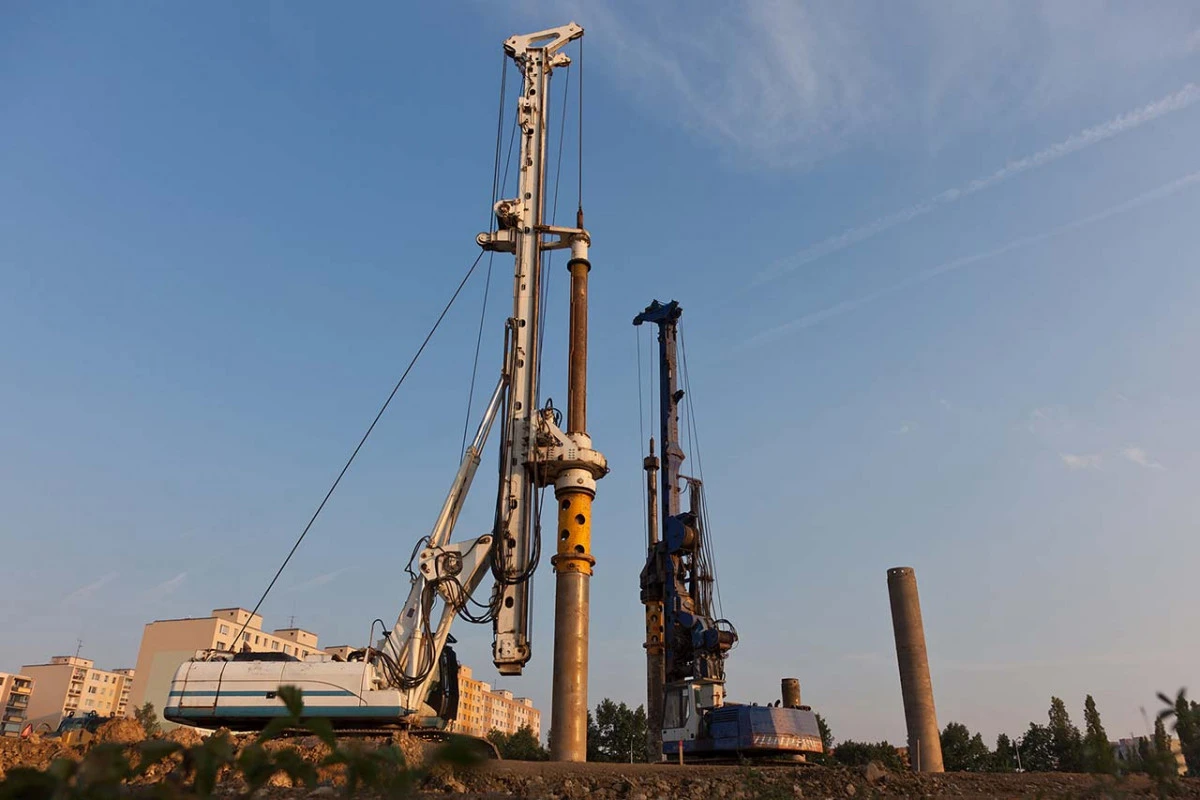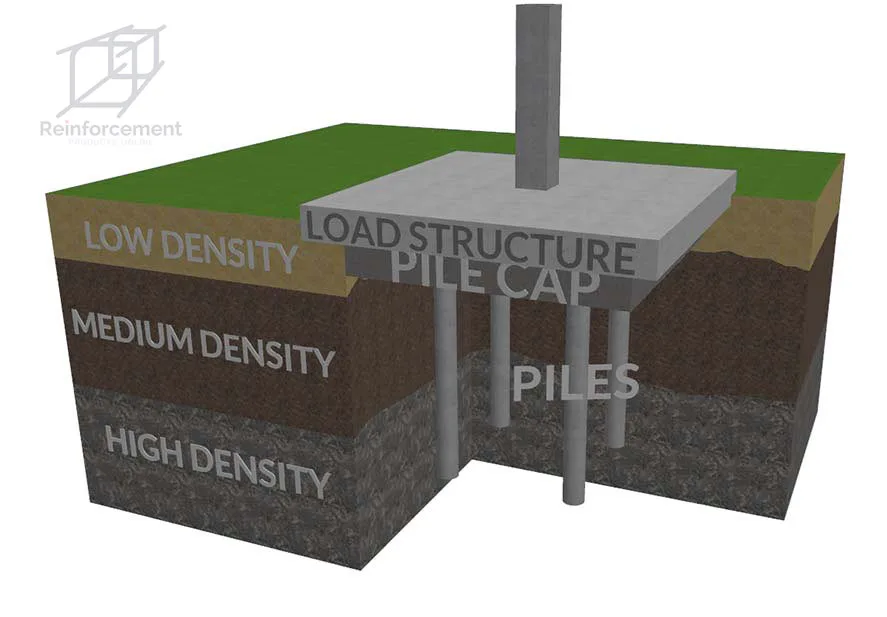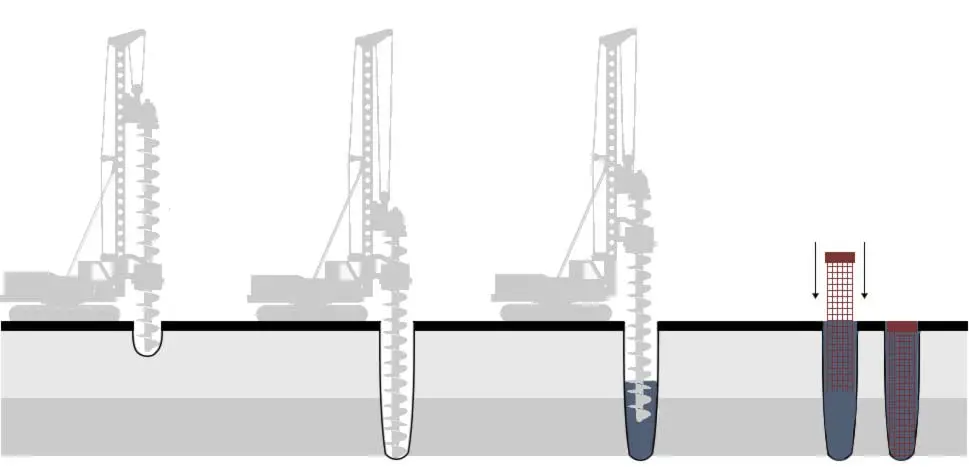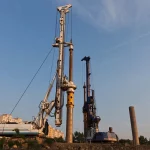We use cookies to make your experience better. To comply with the new e-Privacy directive, we need to ask for your consent to set the cookies. Learn more.
CFA Piling

CFA Piling
Every construction project faces its own unique challenges in terms of soil types, environmental issues, access and surrounding buildings, and these challenges can make groundworks and foundations very complex. One of the most widely used methods of constructing piled foundations is CFA piling. In this article, we take a look at exactly what is involved with CFA piling, why it might be used, and its advantages and disadvantages, to provide a full overview of this cost-effective and reliable technique.

What is CFA Piling?
CFA piling is also known as continuous flight augering, or auger cast piling, and it is used to create deep piled foundations. CFA piling has been widely used in the UK since the 1960s, but has only been adopted in the US and other regions relatively recently.

In CFA piling, the auger used to drill the foundation hole has a hollow stem. Once the required depth has been reached, an end cap on that hollow stem is blown off under pressure, and concrete is poured into the hole through the stem, at the same time as the auger is withdrawn. Sophisticated monitoring equipment in the CFA rig measures the rate of concrete flow and the speed of the auger withdrawal, to ensure the integrity of the concrete and to prevent collapse of the hole. CFA piled foundations can be up to 30 metres in depth, and can have a diameter from 450mm up to 1200mm.
Once the concrete has been poured into the hole and the auger removed, any remaining spoil is cleared from the head of the pile, and then a prefabricated steel reinforcement frame is pushed down into the concrete, using a specially-designed vibrator tool. These reinforcement frames are typically 6 metres long, but they can be linked together for greater depths, if the foundation design requires this.
Common Uses for CFA Piling
CFA piling is widely used in the UK, for both residential and commercial construction projects, for energy plant sites and for infrastructure projects such as bridges.
CFA piles can also be used in the construction of a bored pile wall, which may be a temporary or a permanent structure. Bored pile walls can be used as a cantilever or to support vertical loads. The three main types of bored pile walls are secant, interlocking and contiguous. A contiguous pile wall involves piles that are spaced apart at regular intervals. Interlocking bored pile walls start out the same as contiguous piled walls, but the gaps between the piles are filled with a weak concrete that is not reinforced. Secant bored pile walls involve interlocking piles, which are all hard piles, rather than alternating hard and soft piles. In order for the secant piles to interlock, the secondary pile is cut using specialist auger cutters, so that the primary pile can then be positioned correctly.
Why Use CFA Piling?
CFA piling offers a fast and cost-effective means of producing deep foundations. It is suitable for a wide variety of soil types, including clay, silt, sand, chalk and gravel. It is also effective for locations where there is a very high water table, or where conditions vary across the site. Since it involves very little noise or vibration, it is ideal for sites that are particularly environmentally sensitive.
Advantages and Disadvantages of Continuous Flight Auger Piling
There are a number of advantages to the CFA piling method, which make it very attractive across a broad range of construction projects. CFA piling is almost free of vibration and produces very little noise, which means it is ideal for sites that are sandwiched between existing buildings, such as city-centre towers, for example. Specially-adapted CFA rigs can also be used where there is reduced headroom available, and these are able to work with as little as 8m of cleared headroom.

